NOAA's Office of National Marine Sanctuaries, National Centers for Coastal Ocean Science (NCCOS), and the state of North Carolina's Office of State Archaeology (OSA) will work with the Global Foundation for Ocean Exploration (GFOE) to explore and investigate historic shipwrecks in and surrounding Monitor National Marine Sanctuary.
The expedition, entitled Valor in the Atlantic, expands the collaboration between NOAA's Office of National Marine Sanctuaries and GFOE.
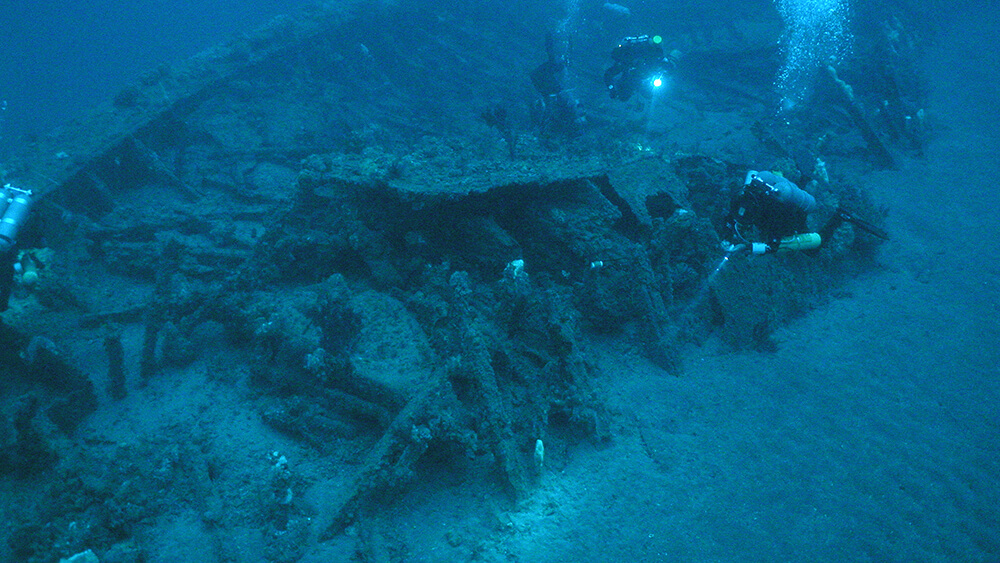
Monitor National Marine Sanctuary was the first national marine sanctuary designated in the United States. The sanctuary protects the famed Civil War ironclad USS Monitor and the maritime cultural landscape surrounding the sanctuary is home to many nationally significant shipwrecks from World War I and World War II. The expedition commemorates the 160th anniversary of USS Monitor’s launch, the Battle of Hampton Roads, and Monitor’s sinking, as well as the 20th anniversary of Monitor’s turret raising by NOAA and the U.S. Navy, not to mention the 50th anniversary of the Office of National Marine Sanctuaries!
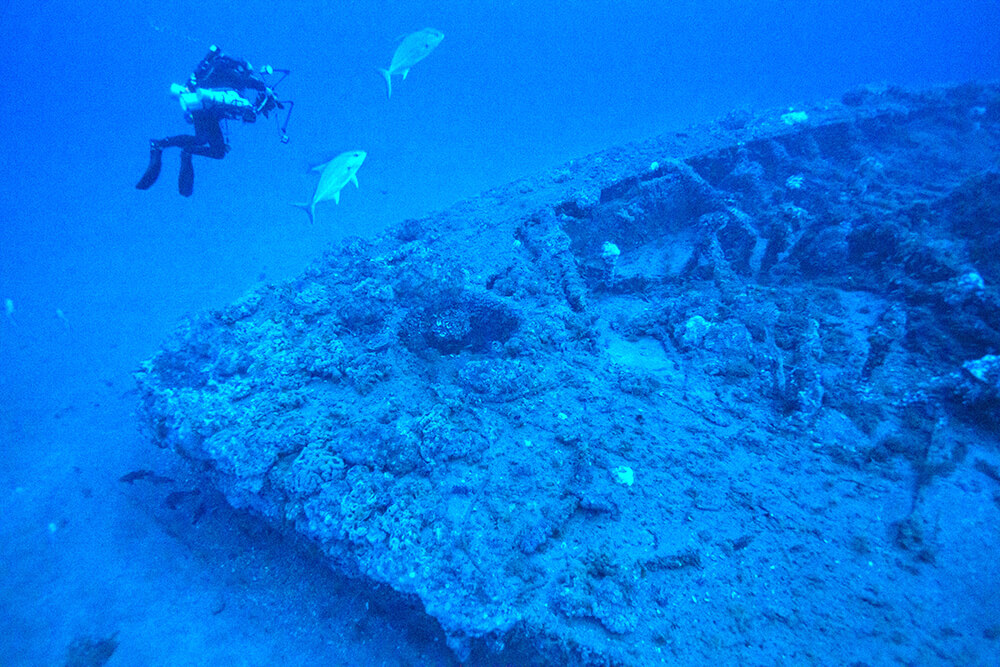
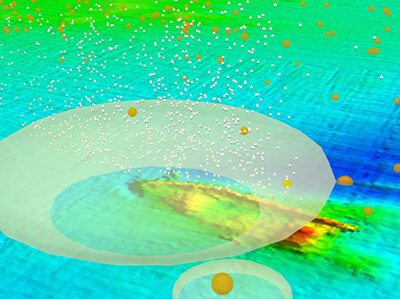
NOAA studies and monitors the condition of USS Monitor, including the biological community that uses it as habitat, as well as the deterioration of its concretion, hull, and other materials. Monitoring assists in the better understanding and preservation of the Monitor, while any changes detected over time may also provide an early warning of climate change.
Collaborating with dozens of museums, aquariums, educators, and other organizations, the livestream broadcast will showcase Monitor and other nationally significant sites in the waters off the North Carolina coast and their biological communities to students, educators, scientists, and the public literally bringing the wonders of these ocean treasures to life.
Valor in the Atlantic aims to introduce audiences worldwide to these historic shipwrecks. GFOE's remotely operated vehicle (ROV) Yogi will be deployed to showcase a range of nationally significant shipwrecks and the biological communities that now live on them.
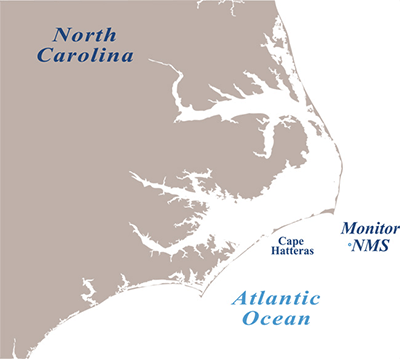
In addition to using the ROV to view and explore shipwrecks, NCCOS will be using a fishery echosounder. This instrument allows researchers to identify the locations and relative sizes of fish from the surface using sound waves. Data collected by the echosounder will help scientists better understand the importance of shipwrecks as habitat for a diversity of marine life. This information can help decision makers ensure that the wrecks and their inhabitants are sustainably used by fishers, divers, and other interests.
Through a satellite connection, expert maritime archaeologists and marine scientists will take viewers on a tour of these shipwrecks in real time through the internet. Not only will viewers have the opportunity to join in the excitement of ocean exploration, they'll also have the chance to learn more about the history and biology of Monitor National Marine Sanctuary and North Carolina's coastal waters.
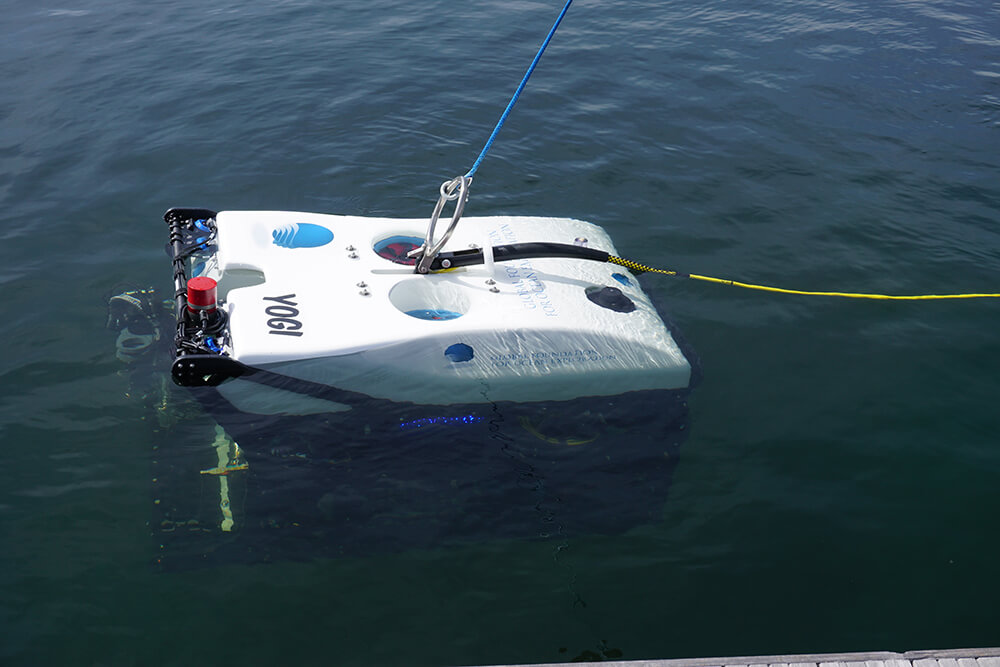
For more information on the expedition in Monitor National Marine Sanctuary, check out the recorded live programs "Living Shipwrecks: Creating 3D visualizations of fish and reefs with echosounder data" by Chris Taylor and Avery Paxton and NOAA Live! Webinar 32 - USS Monitor: Heavy Metal on the High Seas.

